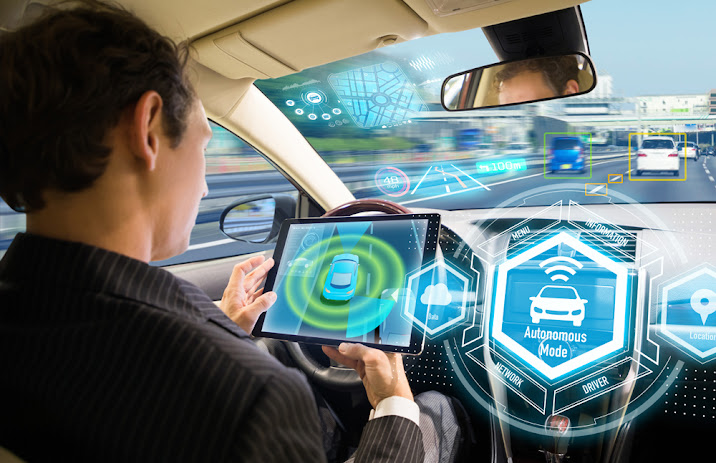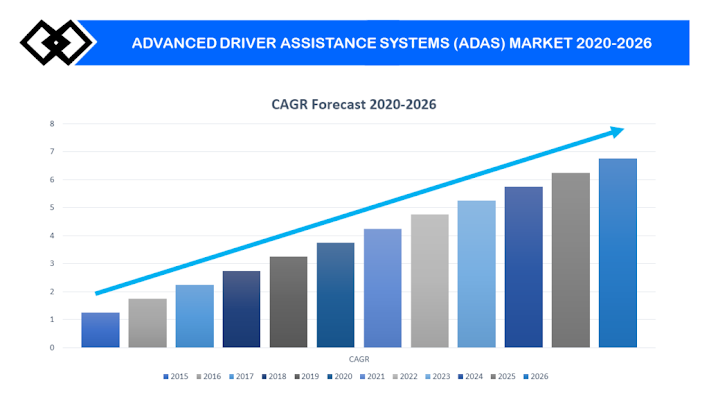With the next generation of communication, roads are rapidly changing into a complex ecosystem. How can mobile connectivity enable advanced driver assistance systems to increase traffic safety?
To answer that question, a keyword is an ecosystem. Vehicles are not the only ones on the roads and highways, so they need constant interaction with other moving objects and stationary features of the traffic infrastructure. These items can be anything you can think of: different cars, people, bikes, cars, public transport buses, etc. and road infrastructure such as robots and signs, road works, etc. Communication with cellular networks is essential. It makes sense to continue to develop resources on this existing framework in order to integrate and connect all these moving objects and infrastructure.
When you add 5G to statistics, it enables a new level of performance: much lower latency, higher capacity, higher reliability, better installation, higher data rates, flexible policies, edge computing, network cutting, to name a few.
Advanced Driver Assistant Systems (ADAS)
In particular, Advanced Driver Assistant Systems (ADAS) will benefit from 5G-enabled ecosystem. The driver will be better acquainted with the information about the environment and the data collected by the sensors embedded in the vehicle. The driver can make better decisions that affect their safety and improve the safety of others in the ecosystem. Also, Autonomous Driving (AD) algorithms will be developed with this additional information. In fact, "communication is a sensation" already considered by car makers when designing the logic of the ADAS service.
The amount of ADAS traffic on mobile networks is expected to increase over time, as shown below. Here, the increase in traffic is partly due to ADAS 'additional and more advanced services such as the Collaborative Intelligent Transport System (C-ITS), the Protection of Vulnerable Road Users, and the new Human-Machine Interfaces (HMI), the latter being described as C- ITS day 2+.
Global Statistics Representing Advanced Driver Assistance Systems Market Scenario
Advanced Driver Assistance Systems (ADAS) are designed to adapt, automate, and improve the safety of the vehicle system for healthy driving. The automated system provided by the driver assistance system has been developed to reduce road deaths by reducing human error, which is largely due to disagreements, route maintenance assistance, and forward collision warning.
Over the past few years, technological advances and a growth program aimed at automotive and self-driving vehicles have increased the market demand for driver assistance programs. The market for advanced driver assistance programs is experiencing significant growth and is expected to grow steadily as a result of increased adoption of improved driver assistance systems and increased government efforts to authorize drivers' programs to reduce road accidents. For example, the European Union has authorized automotive manufacturers to comply with ADAS systems such as the route warning system and the emergency braking system that is independent of all commercial vehicles.
The global market for advanced driver assistance programs was estimated at USD 12.45 billion in 2018 and is expected to reach USD 45.15 billion in the CAGR of 16.05% during the forecast period, 2019-2026.
Requirements for ADAS
1. Vehicles and everything that participates in the ecosystem must have technological devices connected to it. These resources may vary depending on the item; for example, cars will embed SIM (above all local sensors). Individuals and other vulnerable road users will use smartphones to connect, and eventually, the infrastructure (street lights, signals, etc.) will be connected to the network (wireless or wireless).
2. A network is required to enable communication between all participants in the system. This requires a collaborative relationship between the various stakeholders, and Ericsson is working to improve the partner ecosystem.
3. Finally, different service forums are essential to provide effective, secure, reliable and reliable ways to exchange information between all relevant stakeholders in the ecosystem. This information may be based on events, relationships, real time location, significance, etc. Ericsson provides integrated service management solutions through the
Integrated Vehicle platform.
𝐆𝐫𝐚𝐛 𝐚 𝐏𝐃𝐅 𝐰𝐢𝐭𝐡 𝐃𝐞𝐭𝐚𝐢𝐥 𝐀𝐧𝐚𝐥𝐲𝐬𝐢𝐬


Comments
Post a Comment